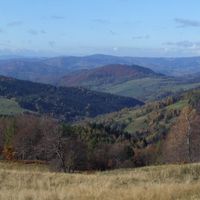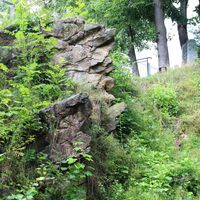Piwniczna-Zdrój
6.48

Overview
Piwniczna-Zdrój is a picturesque municipality in southern Poland, in the Lesser Poland Voivodeship, known for its rich cultural heritage and natural attractions. Among its notable monuments are the churches: the wooden Church of St. Michael the Archangel in Wierchomla from 1821, featuring shingle siding and onion-shaped turrets, and the brick Church of St. Luke in Zubrzyk from 1875, which now serves as a Roman Catholic church. The municipality offers ideal conditions for skiing, with dozens of ski lifts and regular sporting events, including dog sled races and downhill trails. The region also attracts hiking enthusiasts and mountain horseback riding tourists. Covering an area of 126.7 km², the municipality is rich in forests (65% of the area) and agricultural land (30%), and is situated along the Poprad River. The history of Piwniczna-Zdrój dates back to 1348, when Casimir the Great established the town under Magdeburg Law. Settlers, led by Hanko of Nowy Sącz, organized the new town, whose borders, though imprecisely defined, stretched between the villages of Młodów, Głębokie, Łomnica, and Nart, a name that no longer exists. The municipality of Piwniczna-Zdrój borders Łabowa, Muszyna, Nawojowa, Rytro, Szczawnica, and Slovakia, enriching its character and tourist accessibility. In addition to sports, the region has a thriving cultural scene, with dance, vocal, and musical groups such as "Walentynki," "Biało-Czarne," and the Regional Ensemble "Dolina Popradu." Mineral springs, like the bicarbonate-calcium-magnesium-sodium waters in Piwniczna and Wierchomla, are valued for their therapeutic properties, used in treating stomach ailments and supporting diabetes treatment. This blend of architectural, historical, cultural, and natural aspects makes Piwniczna-Zdrój a destination full of attractions in the heart of the Polish mountains.
Location
2025 Wizytor | All Rights Reserved



